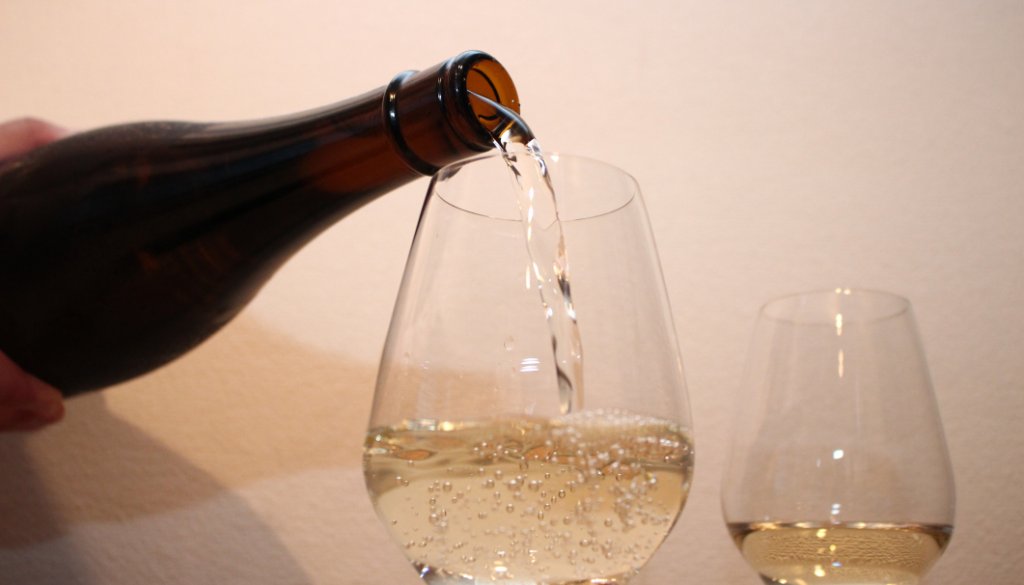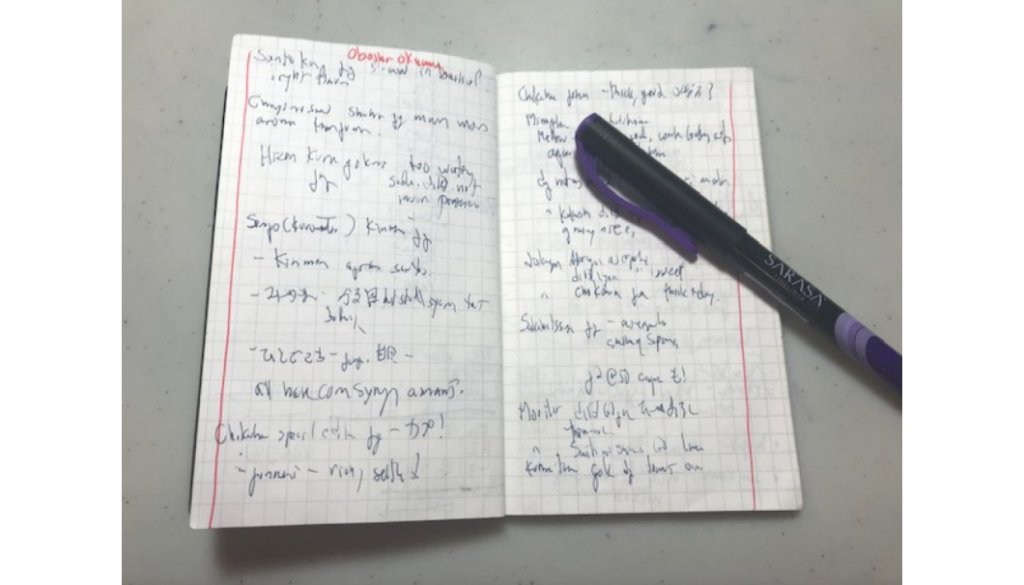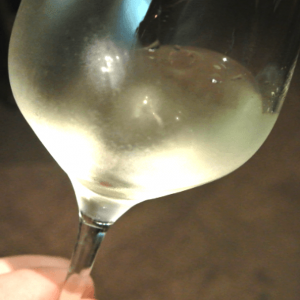
As part of a new series catching up with some of sake’s big hitters, we recently sat down with John Gauntner, one of the world’s leading sake experts. We’ll be publishing an in-depth profile later this month, but in the meantime, we’d like to share some advice he had for new sake fans on how to take their appreciation to the next level.
Gauntner fell in love with sake back in 1988 during a stint teaching English in Japan. Since then, he’s been evangelizing, making it his mission to share sake’s appeal with the world, both as a distributor and educator. He’s written six books and hundreds of articles on the topic, as well as co-founding the world’s first sake-only magazine, Sake Today, and an English-language insider newsletter called Sake Industry News. He regularly teaches the popular Sake Professional Course, an intensive seminar tailored to help distributors, restaurateurs, and other beverage industry professionals better understand sake. He’s also earned himself many challenging certifications over the years, including the Brewing Society of Japan’s Master of Sake Tasting and Japan’s National Research Institute of Brewing’s prestigious Sake Expert Assessor.
So with the bona fides out of the way, here’s Gauntner’s advice for sake mastery:
1. Start with lightly chilled ginjo, but don’t stop there
In his elevator pitch to potential sake fans, Gauntner offers this advice: “If you want to remember one word, drink something with the word ‘ginjo’ on the label. You’ll be happy. And if you do that, drink it slightly chilled.”
In the short term, this ensures a novice will get their hands on a decent sake. In the long term, it lays the foundation for understanding what the core of sake is.
These days, sake is more diverse than ever. There are aged sake, sake using rice milled down to almost nothing, sake with new yeast strains with powerful aromatics of pineapple, anise, and more. This variety is great, but beginners still need to get a grip on the classics to understand what’s exciting about the avant garde.
“The main styles of sake are the way they are because they have proven to be what humans wanted to drink for the last 800 years,” says Gauntner. Ginjo is historically newer than that, but a slightly chilled ginjo usually exemplifies the sort of classic sake—one having a subtle flavor profile without exaggerated sweetness, alcohol, or acidity—that has stood the test of time.
“You’ll end up having a longer relationship with sake, a more enjoyable relationship with sake… if you get to know the core of what sake is,” explains Gauntner. “Once you get that down, drink whatever you want.”
2. Choose based on price
About 90% of sake are priced fairly, estimates Gauntner, so a more expensive sake is usually going to be better quality. There are lakes of great, reasonably priced sake out there, with the vast majority of production falling in the range of US$10 to $50 for a 720mL bottle. So paying out just a little extra can get you a pretty big jump in terms of quality.
“If one is $20 and one is $30, that one is probably a third better in the opinion of most people, most of the time,” says Gauntner, although he immediately qualifies that by saying not always. Sake defies words like ‘never’ and ‘always,’ he laughs.
However, as price generally correlates directly to quality, beginners should feel confident using it as an accurate metric in evaluating and choosing their purchases.
3. Never turn down a sake
“Get out there and taste as wide a range of sake as you can,” says Gauntner, offering advice that no sake fan is likely to find burdensome.
Once a love of sake is in place, the next step in expanding appreciation is building up a frame of reference for different categories and different regions; something only acquired through extensive exploration. If you know that a typical Niigata sake is light and dry, for example, when you encounter a new one, you’ll notice if it meets or defies that expectation and how.
“Depth and subtlety are what make sake good, in my mind,” says Gauntner. Learning to detect and appreciate those striations is a particular joy of the beverage.
Expanding your breadth of experience isn’t just limited to types of sake either. You can also explore how the same sake tastes at different temperatures, in different vessels, and with different food pairings to train your palate.

4. Always take tasting notes
To retain the lessons of your exploration, Gauntner recommends, take tasting notes for every new sake you try; a practice he still religiously keeps, as evidenced by the stack of notebooks he immediately has at hand.
“One of the most important things to do to learn sake better is to express what you like and why you like it,” he says. Putting your impressions down in words every time requires discipline, but it crystalizes the unique points in your memory, helping to build up that all-important frame of reference.
Don’t be intimidated if you don’t yet have a grip on the vocabulary for describing finer points like flavor profiles and aromatics.
“[Notes] don’t have to be long and complicated,” says Gauntner. “In the beginning, if the words don’t flow, just say ‘I liked it, I want to try this again.'”
5. Do blind tastings
Another helpful way to develop the palate is to do blind tasting exercises. This is particularly recommended for those who might not have access to a wide range of different sake.
Here’s how it works: Get a handful of sake. Pour them into identical glasses, labeling them with a number on the bottom. Taste each, taking notes. Then cover the numbers and mix them up. Taste them again and see if you can tell which is which.
“Work with what you have, and if you only have a few, push the envelope. Learn to blind taste them. You can do it with two!,” says Gauntner. “You’d be surprised how difficult that can be.”
“I highly recommend that kind of exercise for learning to appreciate sake’s subtleties and differences. It’s fun too.”
That’s some homework any budding sake enthusiast should be happy to turn in.








Comments